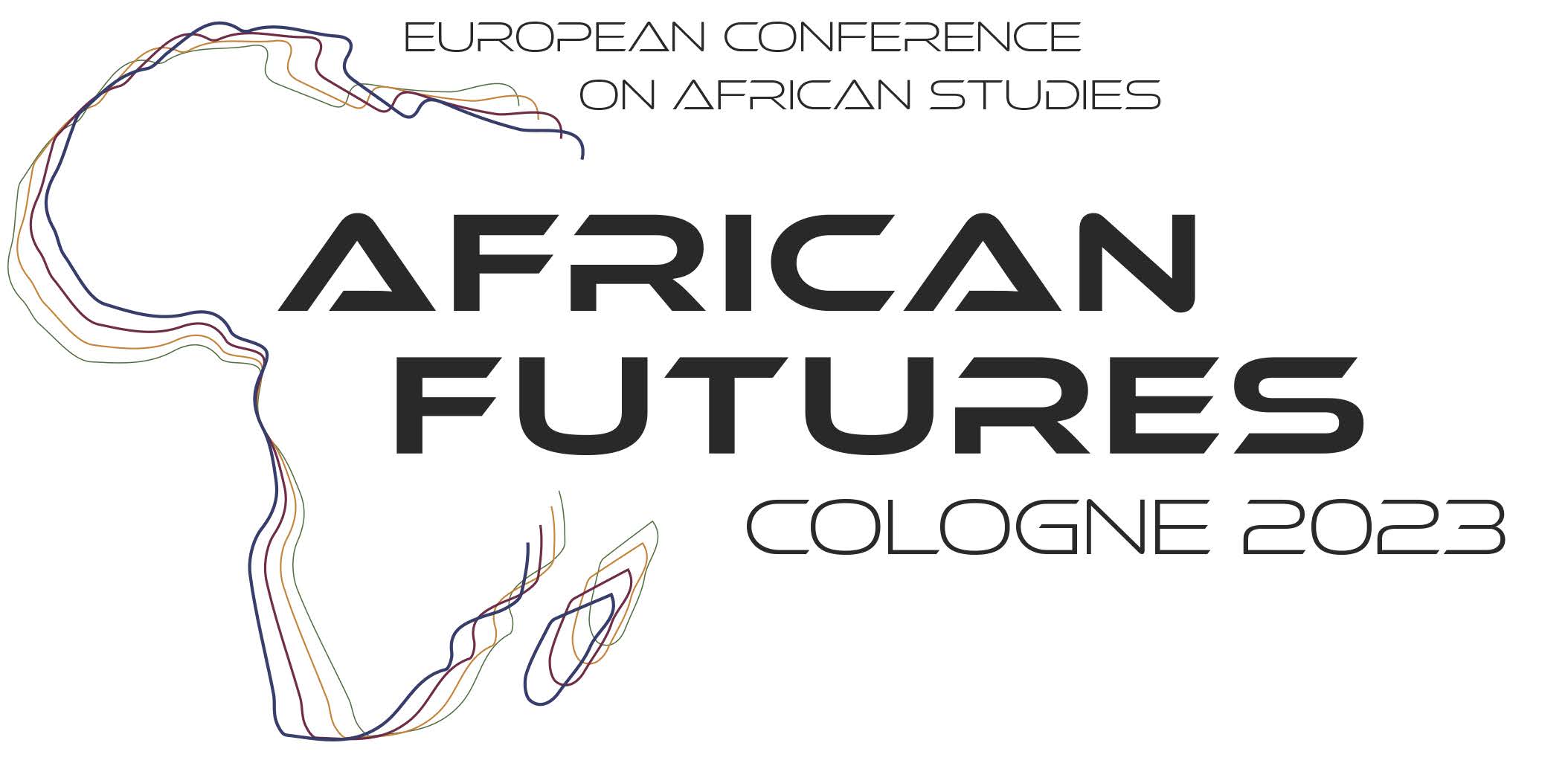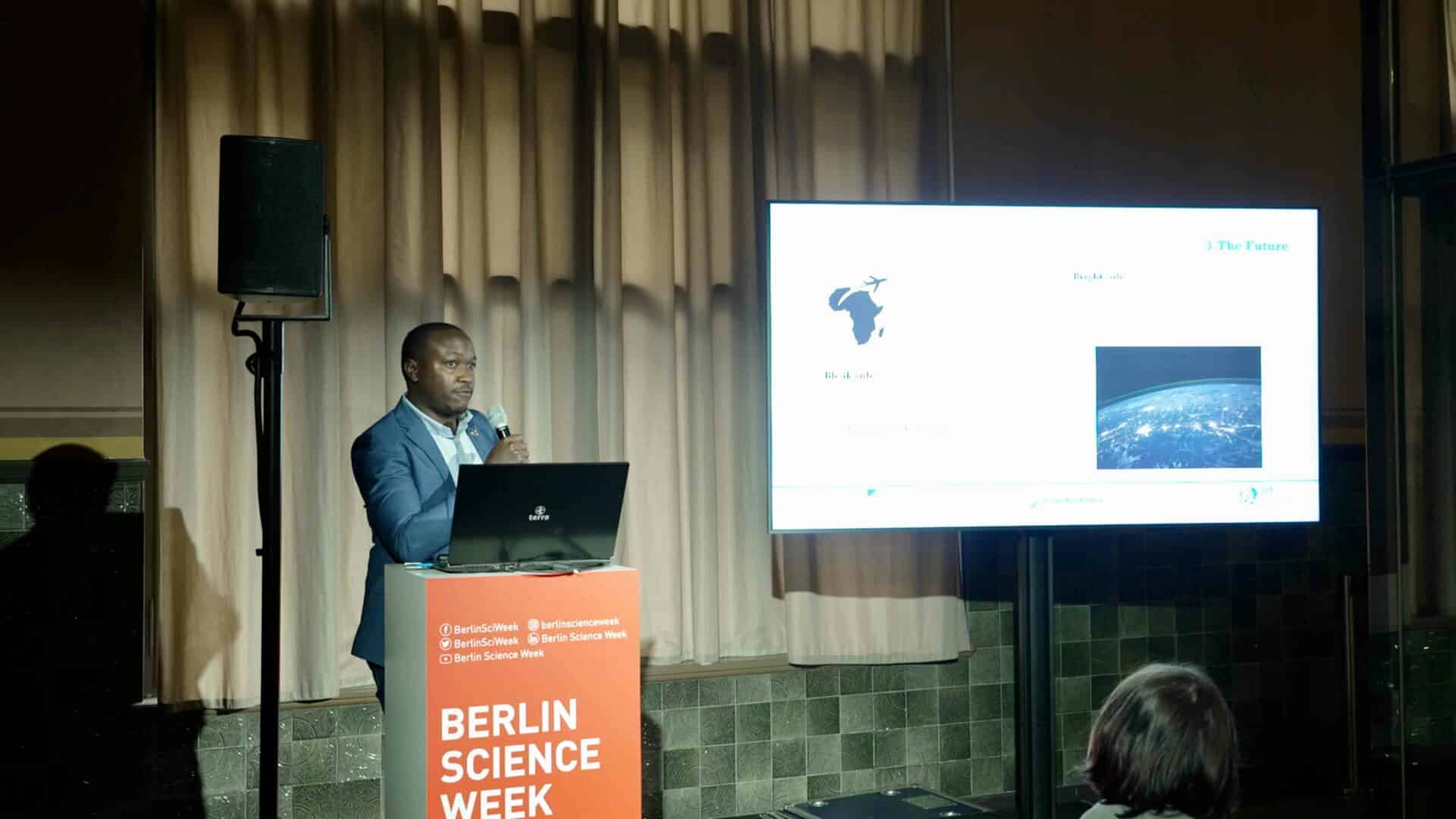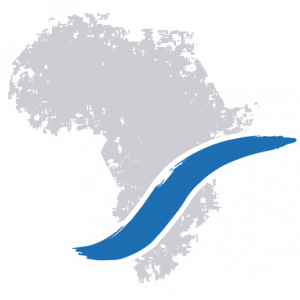CRC TRR 228 Project A05
Future Roads
Road mediated trade-offs between conservation and development
Picture: South African Highway © Clay LeConey, Unsplash
A05 Future Roads
Vision
Assess the impacts of road development on rural communities, biodiversity, ecosystem services and the trade-offs between them.
Project Summary
Infrastructuring, particularly in enduring forms such as road construction, is often promoted as a core strategy for rural development. However, the universality of this view is being increasingly contested by different scholars that find only very limited or even undesired impacts including changing land use, biodiversity loss, and reduced ecosystem services. Since roads are often planned in top-down processes, visions and aspirations of local communities are often not considered or only to a very limited extent. In this research project, we want to assess the political and economic drivers of road investments as well as the impacts of road development on land-use changes, biodiversity, ecosystem services, and rural livelihoods in Kenya and Namibia. We plan to make use of the data collected during the first phase of the CRC and derive complementary spatially explicit indicators from remote sensing and other secondary data sources. Remote-sensing data will be used to generate time series of road development (WP1) starting in the 1960s using the CORONA, ARGON, and LANYARD archive. For this purpose, a new analysis workflow will be developed. Since the 2000s, high-resolution satellite data are available and more advanced analysis and fusion with available geodata enables better detection of road data, including detailed information about road types, road quality, traffic densities, formal and informal settlements, and travel time. We will combine different remote-sensing data sources to evaluate the impact of road development on land-use change over time in WP2. Socioeconomic impacts will be evaluated in WP3 based on data collected during the first and second phase of the CRC. In WP4, we will combine these data with biodiversity and soil data collected during the first phase to assess road impacts on species richness, soil properties, soil moisture, and ecosystem services. In WP 5, local stakeholder involvement will be organized during the whole project, facilitating the coproduction of knowledge and the integration of results through a participatory trade-off analysis. Overall our research project is designed to improve the understanding of spatially explicit impacts of road development on rural communities, biodiversity, ecosystem services, and the trade-offs between those as well as the contextual factors that shape such trade-offs. A strong integration of different disciplines and collaboration with other projects from the first and the second phases of the CRC supports the inter- and transdisciplinary character of the project.
Research Regions: Kenya, Namibia
Problem Statement
Infrastructure, and road investments in particular, can play a game-changing role in affecting rural livelihoods and thus the future of people and landscapes. Road-construction measures change the socioeconomic conditions in the surrounding areas. As a result, and by affecting the costs and conditions of access to rural areas, roads are major drivers of change in rural livelihoods and land use, and thus determine intensification and conservation outcomes of social-ecological system dynamics in Africa and worldwide. They constitute key elements of future-making at societal scale and represent both constraints and opportunities for future-making at the individual level.
Key Questions
- What are the political and economic drivers of road investments in selected rural areas in Kenya and Namibia?
- What are the impacts of road investment and deterioration of trade-offs between rural household welfare, land-use change, biodiversity, and selected ecosystems across selected local contexts?
Methodology
- Analysis of satellite images to extract roads and their development through time
- Analysis of household asset and income data from CRC household survey
- Stakeholder and focus-group interviews
- Spatial statistical analysis
- Evaluation and modelling of ecosystem services
Relation to the CRC
A05 has strong links to the bridging concept of coupling, as roads leverage interaction and feedback relationships between humans and ecosystems. We will analyse remote-sensing and LULC data and household data together with Z02 and Z03. In addition, we will assess road impacts on biodiversity (A01 and B01), soil properties (A01), land use change (A03), as well as mosquito communities and virus transmissions (B02). A05 will exchange data on road infrastructure (C02) and soil moisture patterns (B01) thus contributing to shape common hypotheses and analyses. Furthermore, we will analyse the impact of roads on rural development and the decision-making processes leading to these investments together with C01 and C03.
Publications
Börner, J., Schulz, D., Wunder, S. & Pfaff, A. 2020. ‘The Effectiveness of Forest Conservation Policies and Programs’, Annual Review of Resource Economics, vol. 12, pp. 45-64.
Dolgener, N., Freudenberger, L., Schluck, M., Schneeweiss, N., Ibisch, P.L. & Tiedemann, R. 2014. ‘Environmental niche factor analysis (ENFA) relates environmental parameters to abundance and genetic diversity in an endangered amphibian, the fire-bellied-toad (Bombina bombina)’, Conservation genetics, vol. 15, pp. 11-21.
Freudenberger, L., Hobson, P.R., Rupic, S., Pe’er, G., Schluck, M., Sauermann, J. et al. 2013. ‘Spatial road disturbance index (SPROADI) for conservation planning: a novel landscape index, demonstrated for the State of Brandenburg, Germany’, Landscape Ecology, vol. 28, pp. 1353-1369.
Hütt, C., Koppe, W,…… Miao, Y & Bareth, G. 2016. ‘Best Accuracy Land Use/Land Cover (LULC) Classification to Derive Crop Types Using Multitemporal, Multisensor, and Multi- Polarization SAR Satellite Images’, Remote Sensing, vol. 8, no. 8, p. 684.
Hütt, C., Waldhoff, G. & Bareth, G. 2020. ‘Fusion of Sentinel-1 with Official Topographic and Cadastral Geodata for Crop-Type Enriched LULC Mapping Using FOSS and Open Data’, ISPRS International Journal of Geo-Information, vol. 9, no. 2, p. 120.
Ibisch, P.L., Hoffmann, M.T., Kreft, S., Pe’er, G. Kati, V., Biber-Freudenberger, L. et al. 2016. ‘A global map of roadless areas and their conservation status’, Science, vol. 354, no. 6318, pp. 1423–1427.
Meyer, M., Hulke, C., Kamwi, J., Kolem, H., Börner, J. 2022. ‘Spatially heterogeneous effects of collective action on environmental dependence in Namibia’s Zambezi region‘, World Development, Vol. 159, 106042. DOI
Miranda, J., Börner, J., Kalkuhl, M. & Soares-Filho, B. 2019. ‘Land speculation and conservation policy leakage in Brazil’, Environmental Research Letters, vol. 14, no. 4, p. 45006.
Nyanghura, Q., Biber-Freudenberger, L., Börner, J. 2024. Incentives for biodiversity conservation under asymmetric land ownership, Ecological Economics, Volume 219,
2024, DOI
Scharsich, V., Mtata, K., Hauhs, M., Lange, H. & Bogner, C. 2017. ‘Analysing Land Cover and Land Use Change in the Matobo National Park and Surroundings in Zimbabwe’, Remote Sensing of Environment, vol. 194, pp. 278–286.
Scharsich, V., Otieno Ochuodho, D. & Bogner, C. 2019. ‘Climbing up the Hills: Expansion of Agriculture around the Ruma National Park, Kenya’, International Journal of Remote Sensing, vol. 40, pp. 6720–6736.
Waldhoff, G., Lussem, U. & Bareth, G. 2017. ‘Multi-Data Approach for remote sensing-based regional crop rotation mapping: A case study for the Rur catchment, Germany’, International Journal of Applied Earth Observation and Geoinformation, vol. 61, pp. 55–69.














